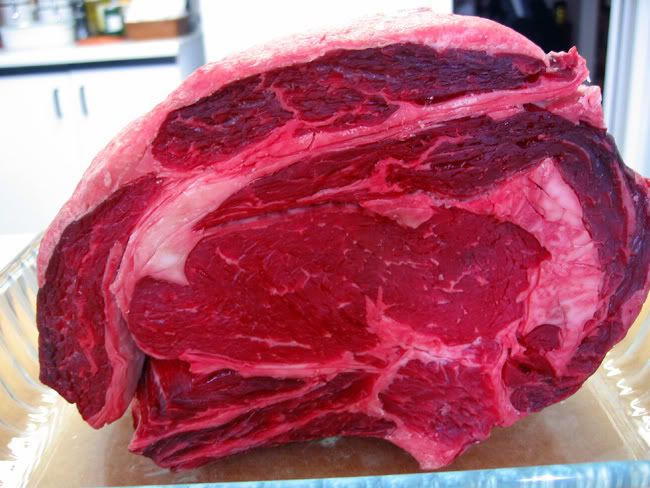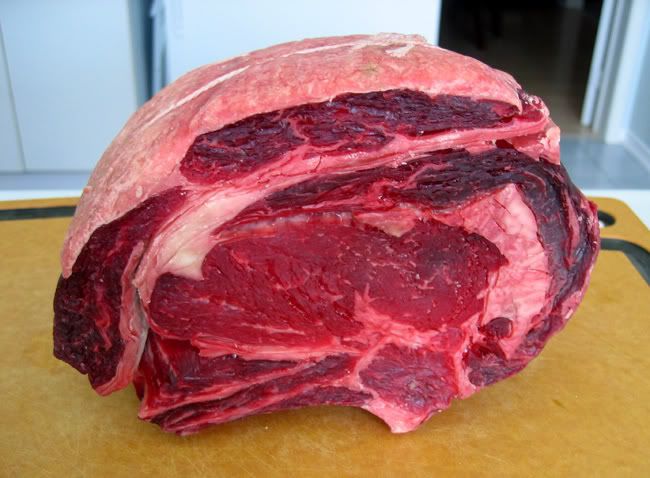ouchie
Cuts, burns, scrapes, and scars are part of working in a kitchen. Injuries are pretty common in the kitchen; sharp knives, hot stoves, steam, oil, cookware, and more are all hazards. Every movement in a kitchen should be done with a sense of urgency. Movement is never rushed even though it may look that way. Everything is achieved through precise focus or innate instinct.
The injuries one sustains while working don't feel painful or hurt. Instead, they're simply just a nuisance to deal. They slow you down and have to tend to them, injuries throw you off stride. They're primarily caused because you rushed what you were doing or weren't concentrating on the task at hand.
I've sustained numerous cuts, nicks, and burns. I've carved off pieces from my fingers, bled profusely, scalded myself, and have heard a hot pan sizzle in my bare hand. None of them have been extremely painful. They've all just been a stinging reminder that I've slipped up somewhere in my work.
Read more...
The injuries one sustains while working don't feel painful or hurt. Instead, they're simply just a nuisance to deal. They slow you down and have to tend to them, injuries throw you off stride. They're primarily caused because you rushed what you were doing or weren't concentrating on the task at hand.
I've sustained numerous cuts, nicks, and burns. I've carved off pieces from my fingers, bled profusely, scalded myself, and have heard a hot pan sizzle in my bare hand. None of them have been extremely painful. They've all just been a stinging reminder that I've slipped up somewhere in my work.









